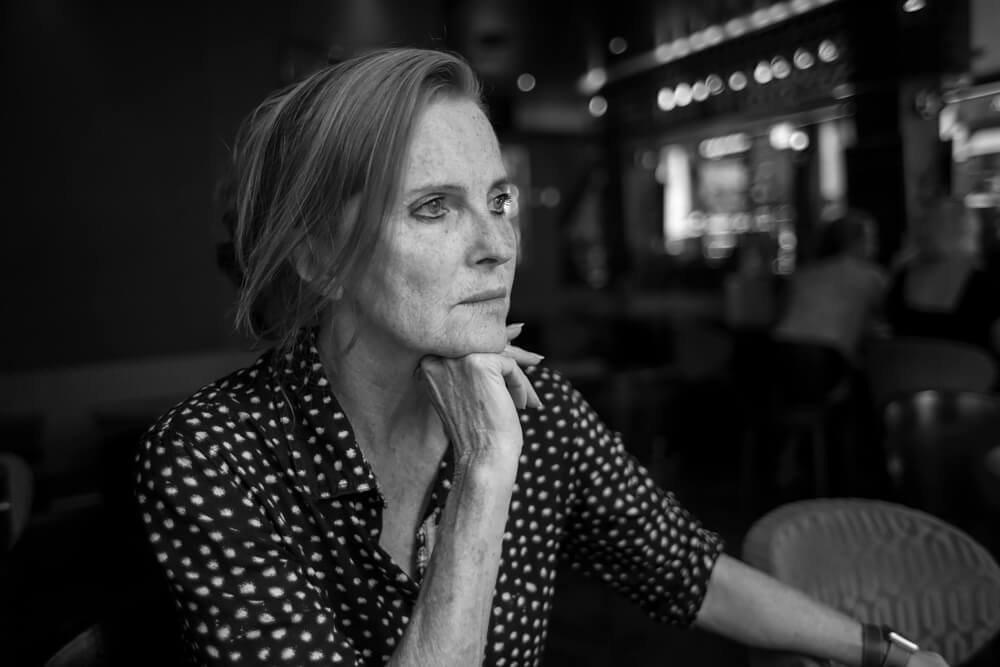Jacque Rupp is a humanist photographer residing in Silicon Valley. She picked up her first camera, a Rollei, in her teens, and immediately fell in love with the entire process- but especially how the camera connected her to others. Because she moved extensively as a child, Jacque learned quickly how to walk into new situations and build trust with people. She draws on these early experiences when creating a rapport with her photographic subjects.
Jacque was an executive in the technology industry, responsible for recruiting top talent for many years. Interviewing and learning about people's stories fits directly into her style of photography. Jacque goes deep, looking to capture the human spirit by using layers, complexity, and emotion in her work.
She received her MBA from Santa Clara University. She is on the Advisory Board for the United Nations Affiliated Film Festival at Stanford University and for the Weston Collective in Carmel. She has exhibited at the Center for Photographic Arts in Carmel, Foothill College in Los Altos Hills, The Daily Photograph and numerous on-line venues.
Statement
It's always about the people. Curiosity and connection. It's very personal for me. I'm drawn by intensity, intimacy and authenticity in my subjects.
I am curious about different cultures, here and abroad, and search for stories about everyday people in everyday life. I look for a face that is lived in, a spirit I can connect with, a truth that is shared and a story to tell. I am seeking a sense of identity and place. When I engage with my subjects, this moment shared between us is an honor. In my photographs, I strive to show the humanity and universal spirit that binds all of us together.
Spirit of India
India, and especially its religious spirit, has always held a special place in my heart. My first visit was during a very vulnerable time in my life, my husband was terminally ill, and I found the calming spirit to be very healing. These images are a collection of my favorites over years. I love the spirit, the orderly chaos and the warmth of its people. As a visual artist, I see and very much appreciate the theatre and cast of characters.
